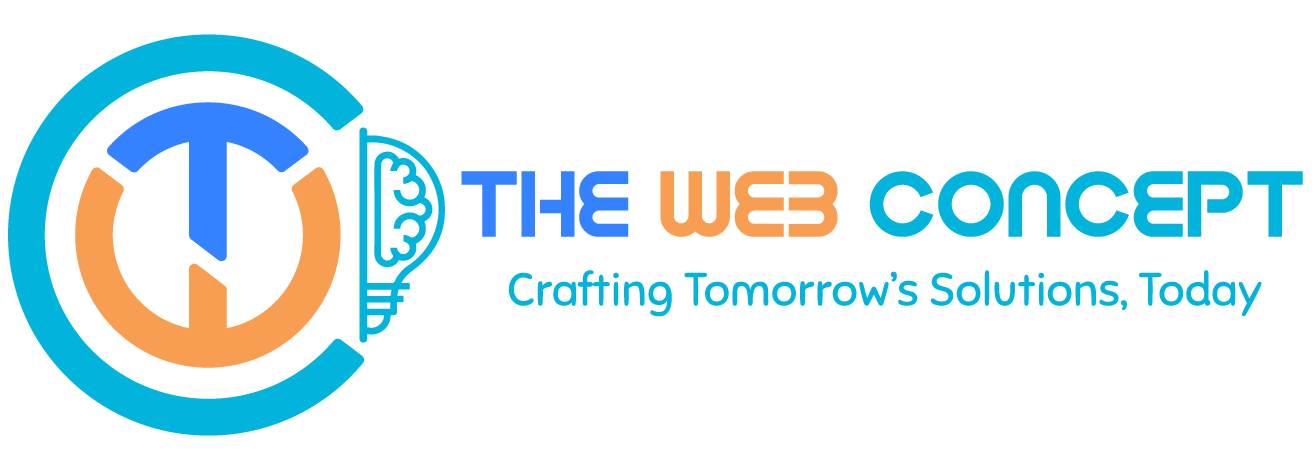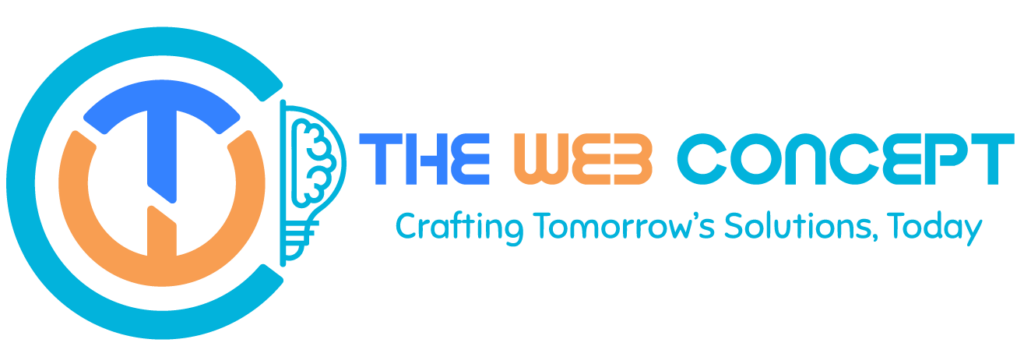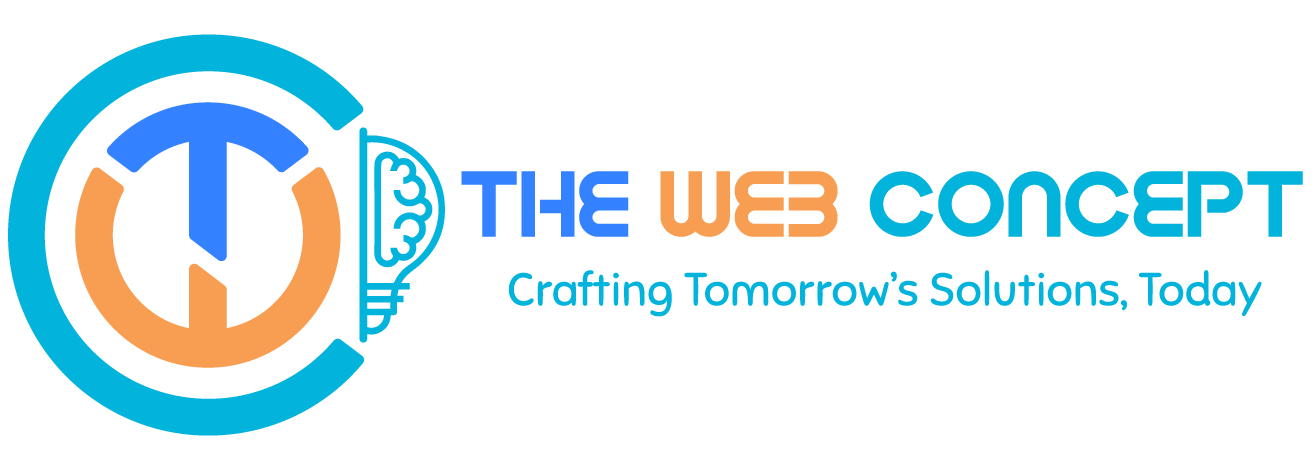
Software development Trends in 2025
Many industries will see increased investment in technology by 2025. According to Capgemini’s Navigating Uncertainty with Confidence research, 50% of global organisations intend to raise their technology spending because they prioritise innovation and R&D with customer experience. To be competitive and productive, developers must stay current on evolving tactics and tools as businesses prioritise digital transformation.
Software developers must stay up with current software trends. Developers who adapt to new tools, frameworks, and processes can create more scalable, secure, and performant applications. Modern techniques benefit firms who adopt them, resulting in speedier product delivery, greater user experiences, and improved long-term resilience
Artificial Intelligence (AI) and Large Language Models (LLMs)
This blog delves into each of the Top Four Software Development company Trends that will shape 2025, highlighting the essential technologies, tools, and frameworks that are altering how software can be produced, delivered, and even safeguarded.

How AI Is Revolutionizing Software Development in 2025
The software development trends lifecycle has been deeply integrated within. AI is now a part of it. It is no longer only about automating mundane operations; rather, it is about improving decision-making, user experiences, and system intelligence. Developers today rely on AI to provide smarter and more intuitive programming support, not only for speed.
In 2025, teams will use AI technologies to spot bugs, optimise speed, and personalise apps at scale. Development is more context-aware and faster than ever before, which is altering developer interactions with tools.
How Large Language Models Are Transforming Software Development
Large Language Models (LLMs) are currently altering coding standards. These models generate and understand code in the same way that people do. They can also provide replies in the language requested. Developers use LLMs to automate repetitive coding chores, document software, and build complete modules based on plain English cues.
LLMs can translate functional code straight into business requirements following creation. This cuts the time needed to go from thought to model. It also helps to engage non-technical parties.
Smarter pair programming: Using LLMs as virtual partners, developers can now “collaborate”. The LLMs make recommendations, write snippets, and assist fix issues in real time.
AI-Driven Code Generation with Large Language Models
The development process is streamlined by AI-powered code creation. Artificial intelligence may now handle repetitious or boilerplate code rather than developers manually writing each line. This enables more strategic and innovative thinking.
Productivity increases with AI code production. Approximately 30-50% of repetitive development work can now be completed. Developers can create better architecture, logic, and user experiences. Then they can concentrate on that.
AI is now integrated into development tools, including IDEs such as VS Code. These tools include contextual code suggestions, auto-completion, and real-time debugging, and they are significantly smarter than traditional ones.
Low-Code/No-Code Development Platforms

Why Low-Code Platforms Are the Future of App Development
Low-code and no-code platforms are increasingly used to build apps quickly with minimal manual coding. These platforms will no longer be limited to basic tools by 2025, as individuals will be using them to construct enterprise-grade applications. Both developers and non-developers can create functioning apps with graphic interfaces, pre-built templates, and logic blocks.
Low-code adoption allows enterprises to shorten development cycles and reduce expenses. It also enables HR and finance to develop tools separately. Development democratises, allowing organisations to innovate quickly.
How Businesses Are Scaling with Low-Code Solutions
Low-code solutions help enterprises of all sizes to scale effectively. These systems enable quicker iteration, easier maintenance, and faster deployment. As a result, businesses can now adapt to market demands considerably more quickly.
Low-code enables organisations to move quickly from concept to deployment, accelerating time-to-market. Responding to industry changes or customer input takes a fraction of the time.
Enterprise integration capabilities: Modern platforms provide APIs, automation workflows, and secure authentication, ensuring that they are robust enough to handle complicated corporate operations without sacrificing speed.
Cloud-Native Development and Microservices Architecture

Building Scalable Apps with Cloud-Native Development
Cloud-native development focuses on creating programs that are designed to run on the cloud from the start. This approach is presently popular in 2025 because it enables developers to employ scalable infrastructure, on-demand resources, and distributed designs.
These apps leverage containers and serverless computing, as well as managed cloud services, allowing them to launch quickly and remain highly available. Cloud-native approaches help developers ensure that their applications are portable and resilient. Such techniques prepare applications for global usage.
Advantages of Cloud-Native Microservices for Modern Software
The microservices design enables developers to break down programs into distinct services that may be scaled, deployed, and developed separately. Flexibility grows, fault isolation improves, and release cycles speed up.
Improved scalability and resilience: Microservices are more scalable and resilient than monolithic programs because they may be scaled separately based on consumption, resulting in more efficient resource management and cost savings.
Maintenance and upgrades are made easier because each service is isolated, allowing developers to correct or update one application component. The rest of the application will remain unaffected by this isolation. This accelerates development and reduces downtime.
Polyglot flexibility: Teams can employ different frameworks for each service by selecting the best tool for the job. Overall performance improves as does team productivity.
Integrated Security: DevSecOps

What Is DevSecOps and Why Does It Matter in 2025
In 2025, security will be integrated into the development process rather than considered as a last resort. DevSecOps brings together development, security, and operations teams to ensure secure code from the beginning of the software lifecycle.
Organisations may detect and resolve vulnerabilities earlier by focussing on security strategy, development, and deployment. This forward-thinking approach results in better applications and lowers issue correction costs throughout production.
Integrating security into the CI/CD pipeline with DevSecOps
DevSecOps automates all security processes and runs them continuously. Security tools interact with CI/CD pipelines, ensuring that code is examined for vulnerabilities at each stage of development. If release cycles are not slow, this assures compliance and decreases risk.
Automated scanning and alerts: Tools perform regular scans of code commits, builds, and deployments. They detect known vulnerabilities or misconfigurations early on through automated scanning and notifications.
Policy enforcement and monitoring: Teams use policy-as-code to enforce security standards, as well as monitoring technologies that give real-time warnings and dashboards for pipeline visibility.
How DevSecOps Enhances Secure Software Development
When DevSecOps is implemented, development teams create secure software designs. This adoption changes the direction of custom software development. It develops a culture of accountability, ensuring that teams keep ahead of potential challenges, and encourages greater collaboration.
Developers receive prompt feedback when a security defect is discovered, allowing them to remedy it before it is escalated, resulting in faster issue resolution.
Automated audits and real-time logs improve compliance, allowing teams to satisfy regulatory obligations. As a result, teams no longer need to manually track every change.
Stronger collaboration: DevSecOps strengthens collaboration between security and engineering teams by aligning goals and sharing accountability for secure outcomes.
Conclusion
In 2025, the world of software development trends will see a significant upheaval. LLMs and AI improve output. They also change the way programming is written. Low-code/no-code platforms can accelerate innovation by providing a more efficient and accessible method for app creation. Current applications require scalability and flexibility. It is powered by cloud-native architecture and microservices. DevSecOps aims to ensure that every project includes secure development from the start.
These trends are important for developers and businesses alike. Indeed, remaining ahead of them gives you a competitive advantage. Those who can adapt rapidly will lead the push in creating more powerful, scalable, and secure digital experiences.
At Silver space Inc., our developers use new trends for IT services that are ready for the future, helping our clients succeed within a market that changes fast. We believe in staying current so we can help you stay ahead.
Curious to learn more? Explore our blogs to stay informed about the latest technologies and trends that are shaping the world in 2025 and beyond.
Stay curious. Stay updated. The future of software is already here, 2025 is just the beginning.
FAQs
Top software development trends in 2025 include AI-powered development tools, low-code/no-code platforms, cloud-native architecture with microservices, and integrated security practices like DevSecOps. These trends aim to boost speed, scalability, and automation in the development lifecycle.
Level 4 typically refers to the Managed level in software maturity models like CMMI (Capability Maturity Model Integration), where processes are quantitatively measured and controlled. At this stage, organizations use data to manage and improve performance consistently.
The four core activities in software development are requirement analysis, design, implementation (coding), and testing. These stages ensure that the software meets user needs, functions correctly, and is delivered efficiently.
A development trend is the direction or pattern in which software development processes progress, such as the shift to AI-assisted coding, DevOps automation, cloud computing, and designing secure, scalable apps with contemporary frameworks.













